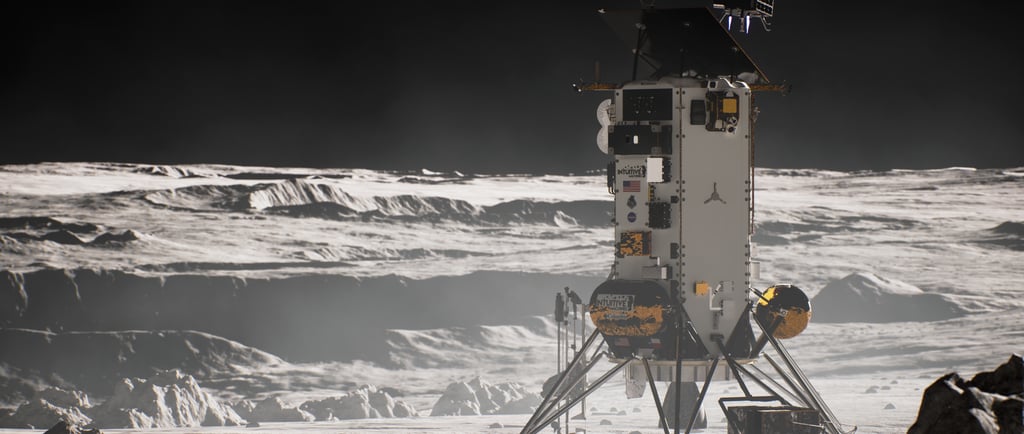NASA's Polar Resources Ice Mining Experiment-1


Introduction to NASA's TPrime-1
The exploration of the Moon has taken a significant leap forward with NASA's Polar Resources Ice Mining Experiment-1 (TPrime-1). This ambitious initiative aims to explore the lunar subsurface and identify potential resources that reside beneath the surface. The mission is part of the broader Artemis campaign, which seeks to establish sustainable human exploration on the Moon and beyond.
The Instruments Behind TPrime-1
TPrime-1 relies on two key instruments that will work in synchrony to achieve its goals. The first is the Regolith and Ice Drill for Exploring New Terrain (Trident), which is designed to penetrate the lunar surface. By drilling into the Moon’s crust, Trident will collect vital samples that can provide insights into the composition and structure of the lunar regolith. This information is crucial for understanding the Moon’s potential as a source of resources.
The second instrument is the Mass Spectrometer Observing Lunar Operations (MSolo), which complements Trident's capabilities. Once Trident has retrieved samples, MSolo will analyze them to determine the gases present—analyzing everything from water ice to various volatiles. The data it gathers will not only offer insight into the physical makeup of the lunar surface but also suggest the potential for future mining operations.
Significance of Lunar Resource Extraction
The implications of successfully identifying and extracting lunar resources are monumental. As part of humanity's next frontier in space exploration, understanding these subsurface resources could provide essential materials for sustainable human presence. This is particularly relevant under NASA’s Artemis campaign, which aims to land the next astronauts on the Moon in the near future.
The insights gained from TPrime-1 will not only advance our scientific knowledge about the lunar environment but will also lay the foundation for developing technologies that are necessary for future lunar habitats. By harnessing the Moon's resources, astronauts can potentially produce fuel, water, and other necessities directly on the lunar surface, reducing the need for resupply missions from Earth.
Furthermore, lunar exploration has broader implications for our understanding of planetary formation and the history of the solar system. By studying the Moon's subsurface, scientists hope to uncover clues that can inform not only lunar geology but also the dynamics of other celestial bodies.
In conclusion, NASA's Polar Resources Ice Mining Experiment-1 is a pioneering venture that promises to unlock the secrets of lunar resources. With its innovative instruments and strategic objectives, TPrime-1 represents a forward-thinking approach to sustainable exploration and has the potential to revolutionize our efforts in space.
